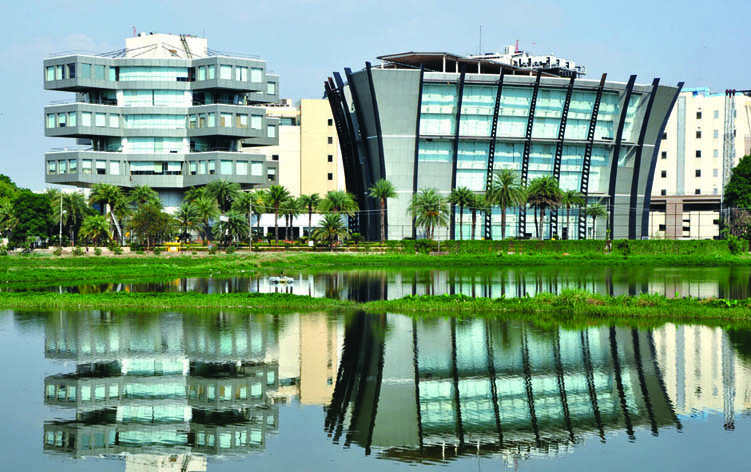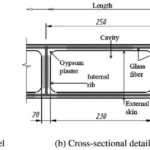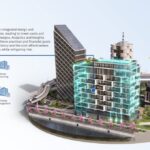
As architects and designers focus more on sustainable and energy-efficient solutions, the role of advanced materials in green architecture has never been more important. Among these materials, hydroceramics stand out for their innovative ability to manage moisture, regulate temperature, and contribute to a healthier indoor environment. In this blog, we will explore how hydroceramics can play a critical role in the development of green architecture and sustainable building practices.
The Need for Green Architecture
Green architecture is more than just an environmental trend – it is a necessity in the face of climate change and rapid urbanization. Traditional construction materials, while durable, often contribute to high energy consumption, environmental degradation, and poor indoor air quality. To combat these issues, sustainable alternatives are being sought, and hydroceramics represent one of the most promising innovations in this space.
Hydroceramics help reduce a building’s reliance on external heating and cooling systems, which are major contributors to energy consumption. By passively regulating temperature and humidity, hydroceramic materials can drastically reduce the need for artificial air conditioning and heating, leading to lower energy bills and fewer carbon emissions.
The Environmental Benefits of Hydroceramics
- Energy Efficiency: Hydroceramics can help buildings reduce their overall energy consumption. By maintaining a comfortable indoor climate without the need for energy-intensive mechanical systems, these materials contribute to reducing the building’s carbon footprint.
- Water Conservation: As hydroceramics are designed to absorb and release water, they can also contribute to water conservation. Their moisture-regulating properties reduce the need for excessive water use in maintaining building interiors, and in some cases, they can help manage water resources more efficiently.
- Durability and Longevity: Hydroceramic materials are designed to last longer than traditional materials due to their inherent ability to resist wear and tear from environmental factors. This reduces the need for frequent replacements, which is better for both the environment and the building’s long-term sustainability.
Hydroceramics in Energy-Efficient Building Design
- Thermal Insulation: Hydroceramics enhance thermal insulation properties by maintaining a steady internal temperature. This reduces the need for air conditioning or heating, saving energy and enhancing comfort for building occupants.
- Adaptive Climate Control: As climate change leads to more extreme weather patterns, the ability to design buildings that can adapt to varying environmental conditions becomes increasingly important. Hydroceramics can help buildings respond to fluctuating temperatures and humidity levels, offering a smart solution to climate resilience.
- Sustainable Materials for Future Cities: As cities grow and populations increase, the demand for sustainable building materials will only rise. Hydroceramics represent a forward-thinking material choice for the construction of future cities, where resource efficiency and environmental stewardship are paramount.
Conclusion
Hydroceramics offer a groundbreaking solution for green architecture by combining the best of material science and sustainability. By incorporating these smart materials into building designs, we can create structures that are energy-efficient, comfortable, and resilient in the face of environmental challenges. As research continues and new applications emerge, hydroceramics are likely to play a pivotal role in the creation of the sustainable cities of tomorrow.





